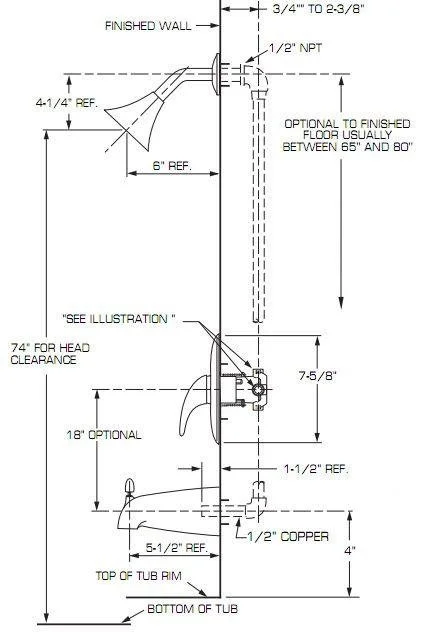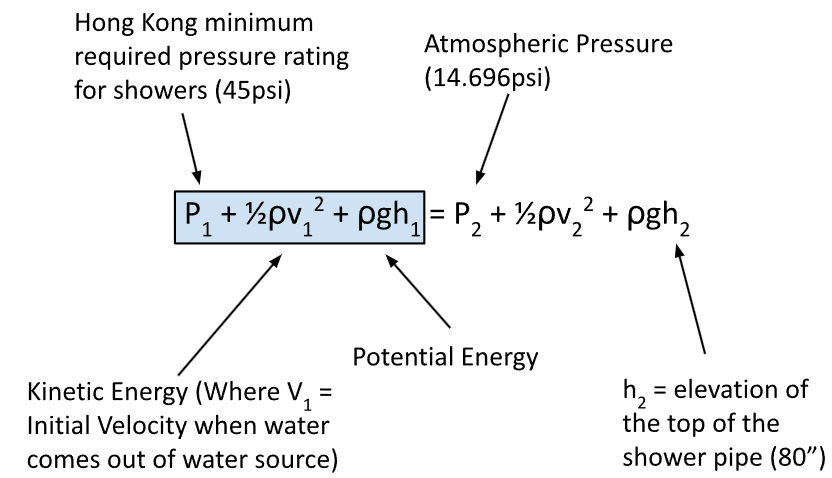
The NEED for Flow
Living in densely populated Hong Kong, residential buildings are in high demand, comprising 7% of the city's land area. Our team of innovators noticed the constant illumination in apartment complexes, prompting us to explore greener solutions. While leaving lights on may seem wasteful, it ensures safety for residents with varied schedules and emergency situations. However, this practice consumes significant energy, mainly generated from non-renewable sources like coal and natural gas, contributing to carbon emissions and climate change. To achieve Hong Kong's emission reduction goals, a shift to renewable energy is crucial. Moreover, powering lights 24/7 is financially burdensome for property companies due to rising electricity tariffs.
To address these challenges, I propose FLOW, a generator that captures energy from wastewater. By installing these generators in residents' homes, we can power a portion of the complex's lights using the energy generated from shower water. This solution is environmentally friendly, utilizing clean energy sources, and is financially viable, offering long-term cost savings.







